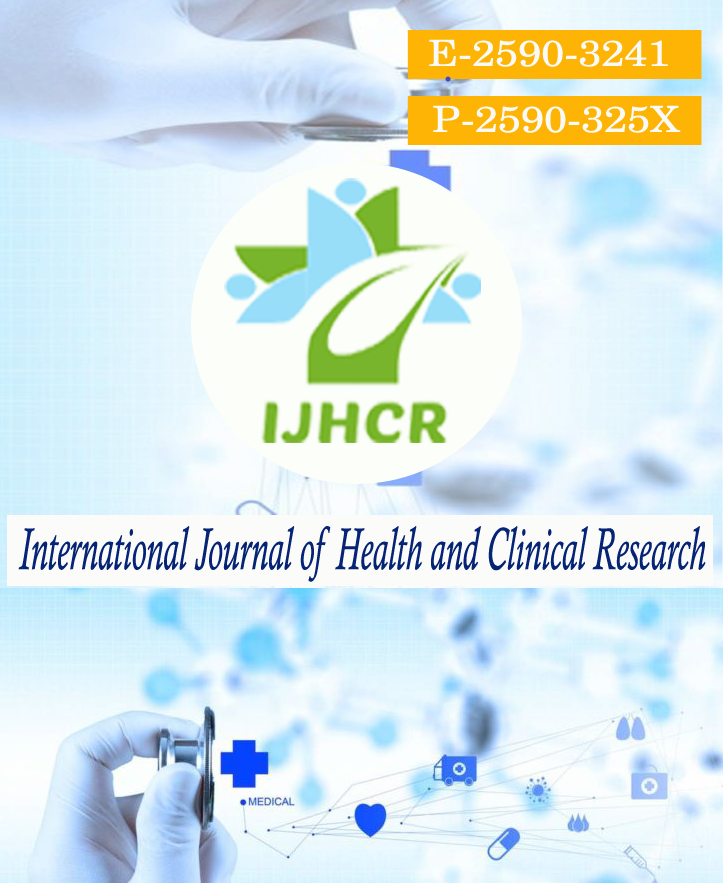Comparative Study of White Blood Cell, Percentage of Peripheral Eosinophils and Absolute Eosinophil Count between Asthmatic and Non Asthmatic Patients
Keywords:
Peripheral Eosinophils, Absolute Eosinophil Count, Asthmatic, Non- AsthmaticAbstract
Background: Asthma is a chronic inflammatory disorder of the airways in which many cells and cellular elements play a role. In this study, we wanted to compare the percentage of peripheral eosinophils in clinically diagnosed children of asthma with the non-asthmatic children below 12 years of age and assess the various risk factors that cause asthma. Methods: This was a case control study conducted at Niloufer Hospital for Women and Children, Osmania Medical College, Hyderabad over a period of 1 year from October 2018 to September 2019 among 100 children (asthmatic – 50, non-asthmatic – 50). The collected data was entered into Microsoft Excel sheet-2010 and data was taken into IBM statistical package for social sciences (SPSS) statistic for windows, version 24.0. T-test was used to compare the means of two groups. Results: In asthmatic patients, the eosinophil means ± SD was 5.51 ± 2.63 and in patients without asthma, the eosinophil means ± SD was 2.04 ± 1.58. Statistically there was difference between eosinophil percentage in asthmatic and non-asthmatic. Conclusion: In this study, none of the children presented with severe persistent asthma, excluding it from the study. Routine investigations like complete blood picture, haemoglobin, white blood cells, eosinophil percentage and absolute eosinophil counts were measured in both asthmatic and non-asthmatic children. Absolute eosinophil count and eosinophil percentage were significantly higher in asthmatics than in non-asthmatic children. Blood eosinophil percentage and absolute eosinophil count can be considered as early indicators for asthma.
Downloads
Published
How to Cite
Issue
Section
License
Copyright (c) 2021 Bing Koteshwar, D. Sindhura, P.K. Rajeev, Murali Krishna Thummakomma

This work is licensed under a Creative Commons Attribution 4.0 International License.






 All articles published in International Journal of Health and Clinical Research are licensed under a
All articles published in International Journal of Health and Clinical Research are licensed under a 